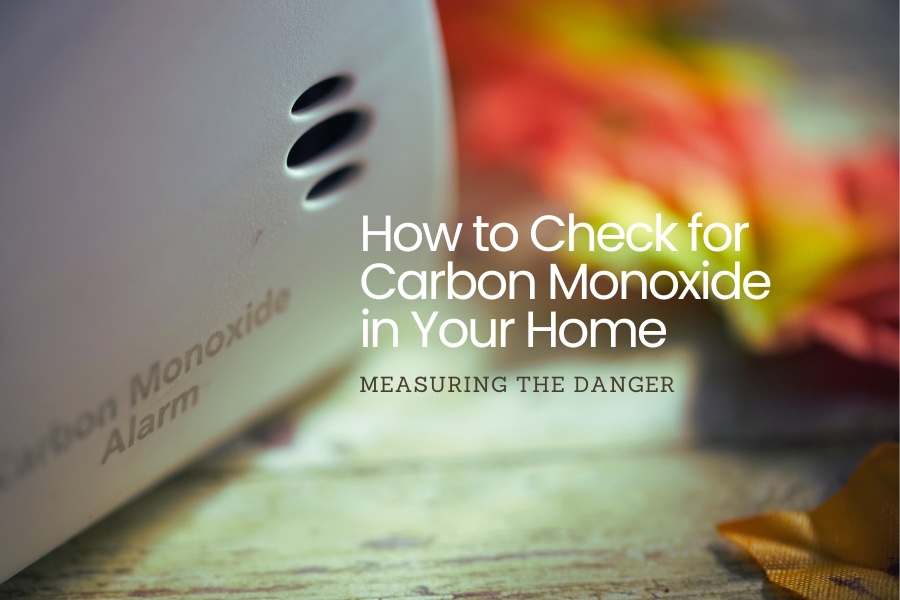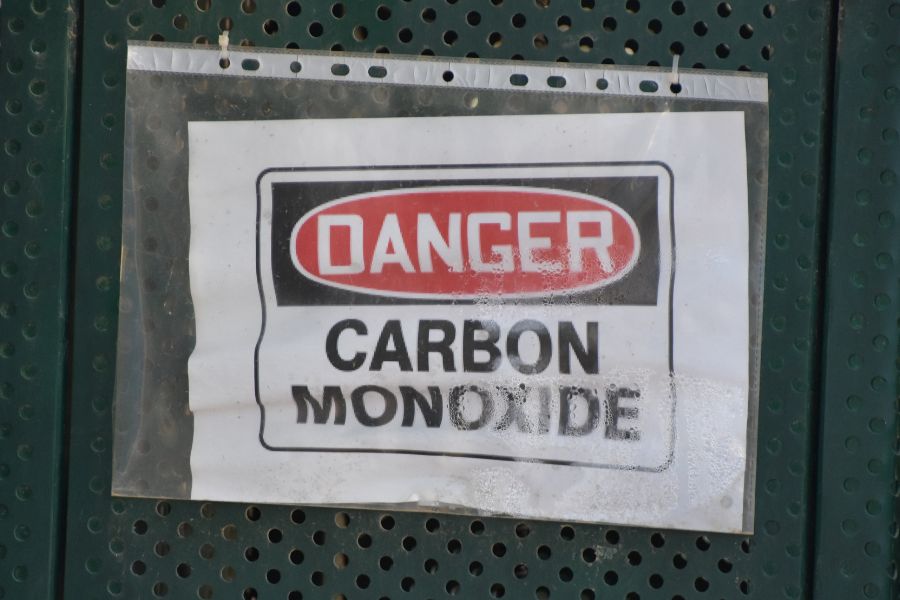
Air pollutants can be hard to detect. Carbon monoxide (CO) is odorless and colorless, meaning this dangerous and sometimes fatal gas may sneak up on you and cause unforeseen health consequences if you don’t monitor it closely. Fortunately, new technology makes it easier than ever to monitor levels of CO in your home, allowing you to protect yourself and your loved ones.
Why Carbon Monoxide is Dangerous
Inhaling carbon monoxide disrupts your body’s ability to transport oxygen to vital organs and tissues throughout the body. Hemoglobin is the molecule in red blood cells that bonds with oxygen to then carry it where it is needed in the body. But CO also bonds with hemoglobin, and with greater strength so that it takes the place of oxygen. Without oxygen, your body can’t function at its full capacity and begins to shut down.
Carbon monoxide poisoning manifests in headaches, dizziness, nausea, weakness, confusion, chest pain, and shortness of breath. These symptoms can set in rapidly and worsen over time. Exposure for a long period of time or to high concentrations of CO may result in tissue damage, organ failure, coma, or even death.
Carbon Monoxide Sources In The Home
Carbon monoxide is produced through the incomplete combustion of materials containing carbon. Unfortunately, that means there are many potential sources of carbon monoxide in your home that can become dangerous if not managed and ventilated properly. Some of these sources include:
- Gas appliances such as gas stoves, ovens, furnaces, water heaters, and dryers
- Fireplaces and wood-burning stoves
- Gas-powered generators
- Cars left running
- Charcoal grills and hibachis
- Cigarettes and tobacco products
- Malfunctioning heating systems
- Power tools run with gasoline
Investing in a Carbon Monoxide Detector
There are lots of CO detectors on the market, so choosing the right one for you may seem daunting at first. Before buying one, you’ll want to consider a few factors to make sure your investment is performing the best it can.
Certification
An easy way to evaluate a CO detector’s efficiency is to look for a certification from an independent testing organization such as Underwriters Laboratories or CSA Group. These organizations ensure the detector meets necessary safety standards and is reliable enough to trust with your health.
Sensitivity
However even if they all meet the same basic standards, some detectors will be more sensitive than others. It’s important to invest in a device with a high sensitivity level, as even low concentrations of CO can affect your health. Very sensitive detectors may trigger false alarms, so it’s important to find one that strikes the right balance between accurate detection and minimal false alarms.
Display
If your detector can sense a wide range of CO concentrations, a display is especially useful in communicating the severity of the situation. Without a display, your monitor may simply alert you when concentrations of CO are already at a moderately high level. However, even small concentrations of CO can damage your health. A clear and accurate display allows you to see this information in real-time and take action before it becomes threatening.
Power Source
To keep your detector running consistently, make sure to select one with a convenient power source and a backup energy supply. Some may be battery-operated, plug-in, or hard-wired, but you should choose whichever you can most consistently run power to, and the detector should always have a way to keep running in the event of a power outage.
Maintenance
In a similar vein, maintenance requirements will vary from device to device, which may include self-testing or even replacement. Make sure to select one with a care regimen you can keep up with to ensure it’s always performing at the best of its ability.
Additional Features
Once you have the basics down, you might find that some detectors have additional features such as an alarm with different sound patterns, a voice alert, or a built-in thermometer. Consider all your options and choose the one that will fit your needs most seamlessly.

What to Do if You Suspect High Levels of CO
If you’re worried about high levels of CO, there are plenty of steps you can take to protect yourself.First and foremost, if you suspect a carbon monoxide leak, leave the area immediately. CO builds up in enclosed spaces, so the most important thing you can do for your health is to step outside.
Once outside, call for help. Your local fire department or emergency services can help identify the source of the leak and will be able to safely take action to solve the problem. Additionally, if you or anyone in your household is experiencing symptoms of carbon monoxide poisoning, professionals will be able to assess their state and provide recommendations on appropriate care.
If you are physically capable, open doors and windows to ventilate the area. Only open what you can from the outside, and do not enter the building. Opening windows and doors is not a substitute for evacuating the property, but it allows fresh air to enter the space to prevent the situation from getting worse.
Wait for professionals to arrive. As frustrating as this might be, wait patiently for help. Remember, CO is a dangerous gas. Emergency services are trained to safely handle these situations, and there’s no need to put your health and life at risk. Your safety and the safety of your loved ones is paramount.
Final Thoughts
Carbon monoxide can sneak up on you and have lasting or fatal impacts on your health. Luckily, modern technology can help you detect the issue before it becomes overwhelming, and there are methods of managing dangerous situations should they arise.
Awareness is the first step to taking action, so invest in an air quality monitoring device as soon as possible. IAQ is the first device to monitor not only for carbon monoxide but for over 20different components of air quality. With no setup or upfront costs, IAQ helps you breathe easy by providing transparency into your air quality.
Join our crowdfunding campaign today to get IAQ for your home or indoor space.






